- 20.06.2025
- 14 min read
- Artur Tereshchuk
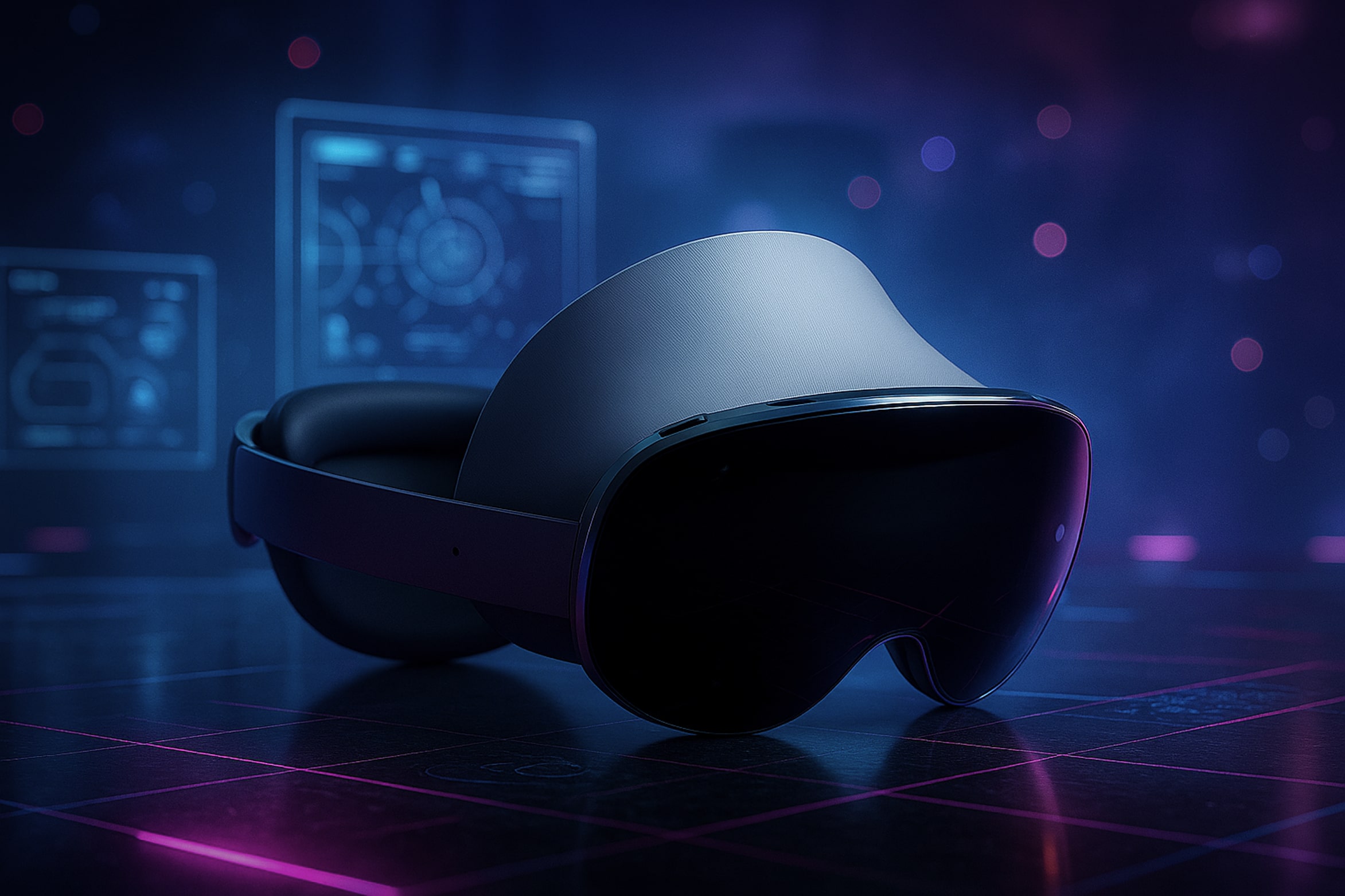

Mixed Reality (MR) isn’t a brand-new idea — the term was coined back in 1994 by researchers Paul Milgram and Fumio Kishino to describe a spectrum between the physical world and fully virtual environments. But while the concept has been around for decades, only recently have breakthroughs in sensors, computer vision, and real-time processing made true Mixed Reality experiences practical and scalable.
Today, MR is often misunderstood or confused with Augmented Reality (AR) and Virtual Reality (VR). As AR and VR have become more familiar to the public, MR can easily be overlooked. Let’s clear up the confusion.
At its core, Mixed Reality blends the physical and digital worlds in a way that allows both to interact in real time. That might sound similar to AR, but MR takes things a step further. To understand MR, it helps to compare it with AR and VR:
Several foundational characteristics define Mixed Reality as distinct from AR or VR:
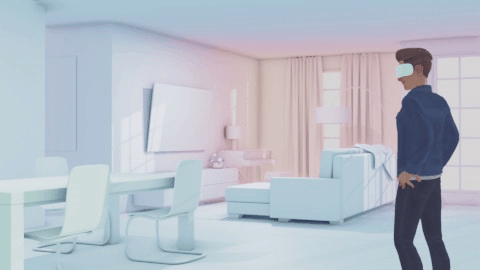
Spatial Awareness & Environmental Mapping
MR devices use advanced sensors and cameras to build a 3D mesh of your surroundings. This mapping lets digital elements be anchored persistently in your physical space. Virtual items don’t drift or jitter; they remain stable in the physical world, even when you move around or glance away and back. For example, a digital lamp will reliably stay on your desk in place, no matter how you move around it.
Real-Time Interactivity
MR content responds dynamically to your actions. You can grab, resize, or manipulate digital objects with your hands, and they respond with realistic physics — bouncing off real furniture or reacting to your gaze and gestures.

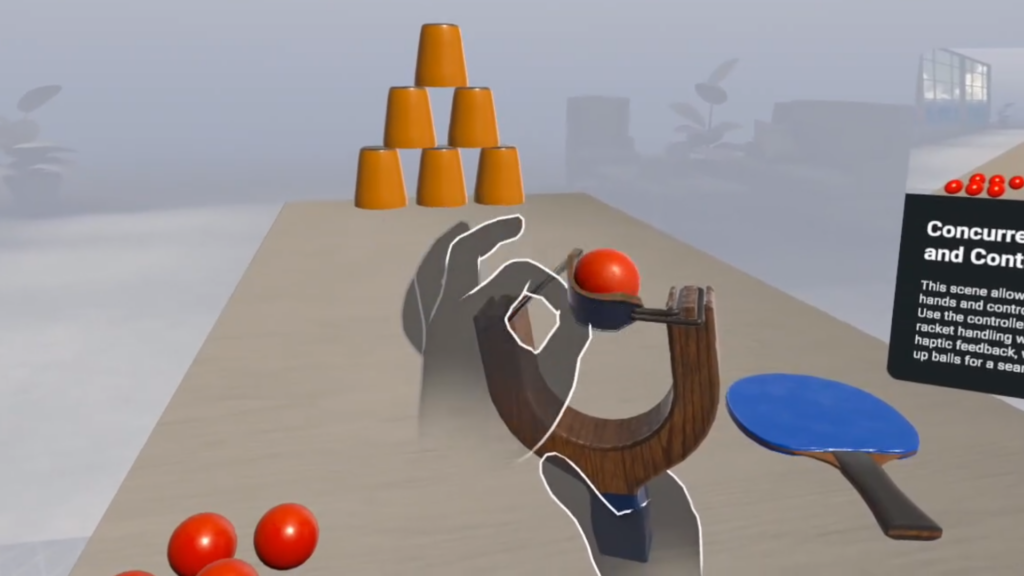
Multi-Modal Inputs
Interaction in MR is intuitive and multimodal, combining hand tracking, voice commands, eye tracking, and physical controllers. This allows for natural engagement, more akin to interacting with physical objects than navigating a user interface.
Situated Collaboration
Unlike traditional VR or AR, which are often solo experiences, MR thrives on collaboration and supports shared environments. Multiple people can view and interact with the same digital content from their own perspectives in a shared physical space.


Spatial Sound Integration
MR includes 3D sound, allowing audio to come from the exact location of a virtual object. This enhances realism and spatial presence, helping you localize and interpret what’s happening in your environment.
(visuals sourced from developers.meta.com)
Mixed Reality systems rely on both smart hardware and clever software to bring digital objects into your real-world view. The heart of this is SLAM (Simultaneous Localization and Mapping) — a method that uses cameras, depth sensors, and motion chips to build a 3D map of your space while simultaneously tracking where your headset is positioned within it. This lets the MR device understand walls, furniture, and other objects, so virtual items stay fixed in place and don’t drift.
MR headsets also use foveated rendering, which focuses detailed graphics precisely where you’re looking and reduces detail in your peripheral vision. This technique saves processing power and helps keep the visuals smooth and sharp. In advanced devices, eye-tracking enables dynamic foveated rendering, adjusting in real time based on where your gaze moves.
Behind the scenes, specialized processors (like Microsoft’s HPU or Apple’s dedicated co-processors) handle gesture recognition, mapping, and eye tracking continuously, so the main CPU and GPU can focus on rendering lifelike holograms and spatial audio. The result? A responsive, immersive experience where digital content feels anchored and believable in your real environment.
Mixed Reality is a smart combination of the real world and overlaid, interactive virtual content seen through a headset. MR works by continuously mapping your physical surroundings and tracking your movements in real time using sensors, cameras, and AI. This allows digital objects to appear stable, interactive, and naturally integrated into the real world around you.
In Mixed Reality, the digital doesn’t just overlay the physical — it coexists with it. MR content feels present and tangible. That’s what sets it apart: it’s more immersive than AR, but less isolating than VR. It blends the best of both worlds — the context and presence of reality with the flexibility and magic of the virtual.
In the last few years, a wave of mixed reality headsets has hit the market. Here’s a quick tour of six notable MR devices (both consumer and enterprise) and what makes them stand out:
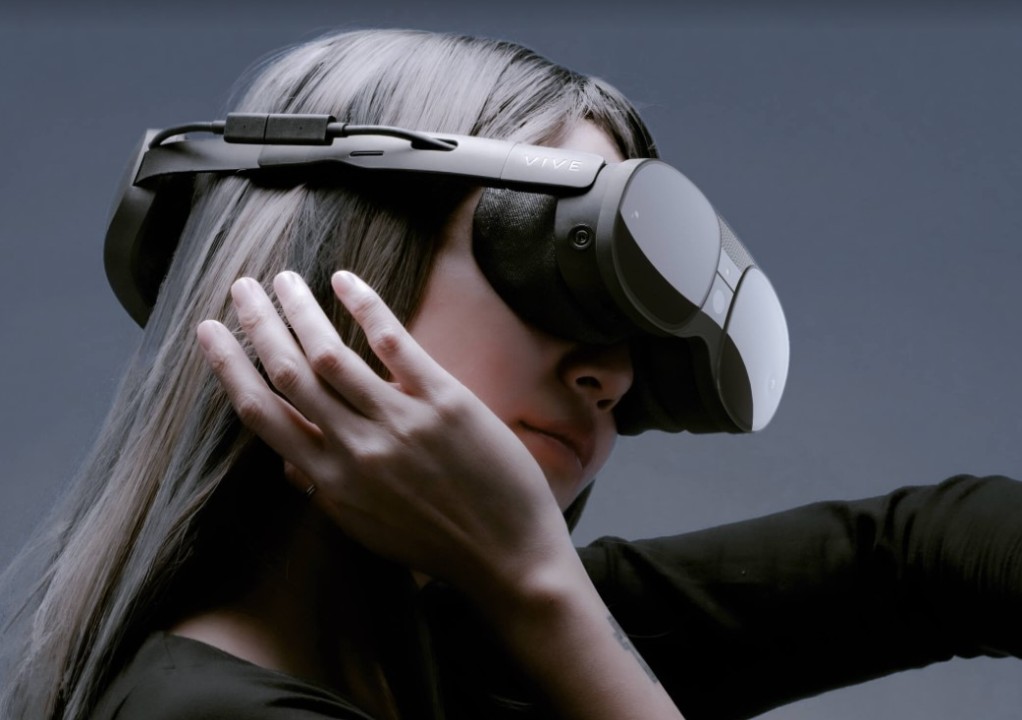
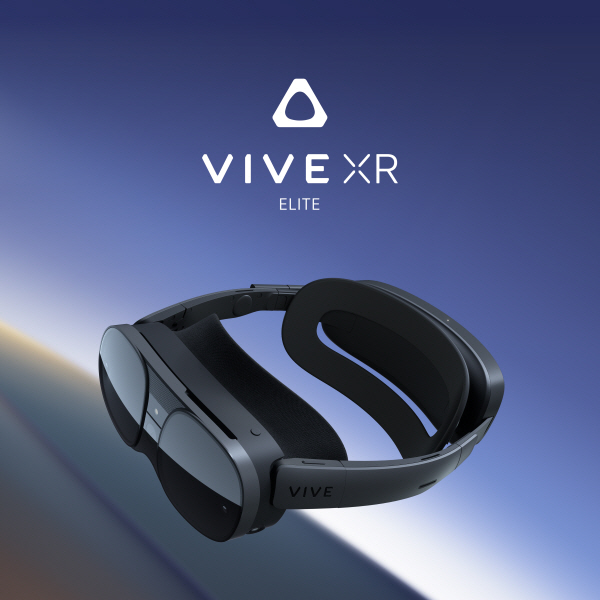

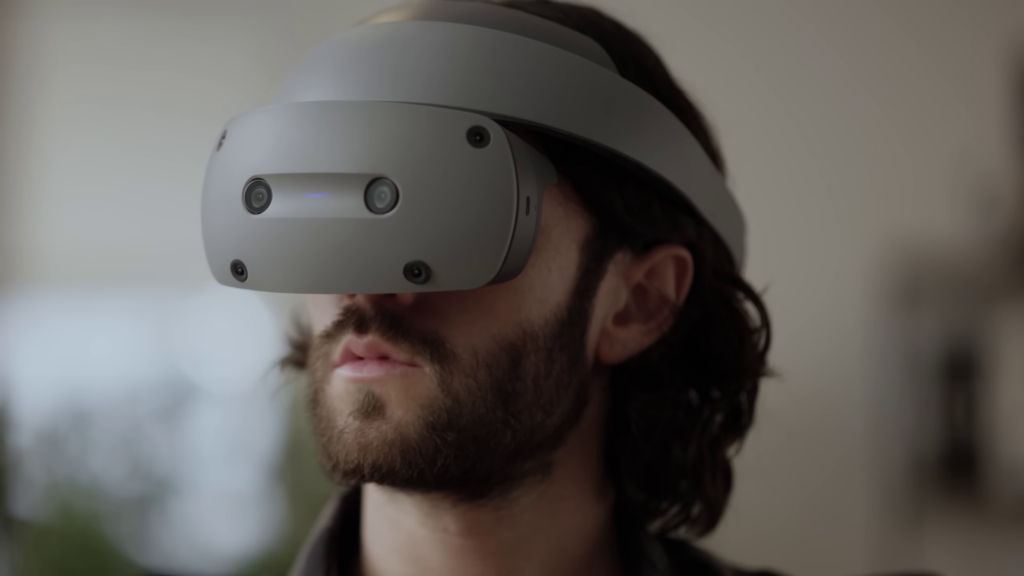

Each of these headsets strikes a different balance between price, power, and purpose. From Apple’s ultra-premium Vision Pro to Meta’s more affordable Quest line, and from enterprise workhorses like Magic Leap to innovative hybrids like the Vive XR Elite, the hardware for mixed reality is evolving fast. Importantly, all these devices share a common goal: making the blending of real and virtual more natural, whether it’s for work, creativity, or play. Choosing the best mixed reality headset really depends on your needs – in 2025 there’s a solution for every niche.
As of 2025, immersive technologies are already being applied across industries to solve real problems and create new experiences. Let’s look at some mixed reality examples that show how this tech is making an impact in healthcare, education, manufacturing, and more:
Healthcare
Mixed Reality is transforming healthcare with visual tools that enhance surgery, training, and patient care. Surgeons can overlay CT scans or 3D models onto patients in real time using a mixed reality headset like the HoloLens. Orthopedic procedures benefit from this “X-ray vision,” helping doctors pinpoint tumors or plan incisions with greater accuracy and reduced time under anesthesia.
Remote consultations are another growing use, as specialists can guide surgeons in real time via shared MR views. In medical education, students practice on 3D holograms or virtual patients, building skills in a risk-free environment. MR also supports physical therapy and pain management, offering interactive exercises or calming mixed reality experiences.
Education
Mixed Reality is gaining momentum in classrooms by making complex subjects interactive and easier to understand. Students can explore a virtual solar system, examine a beating 3D heart, or take immersive field trips to ancient Rome, all within the classroom. These mixed reality experiences enhance engagement and retention far beyond standard lectures.
In 2024, Queen Mary University of London used HoloLens headsets in a psychology course, letting students observe eye-tracking experiments in real time — something that once required specialized lab gear. Results showed improved enthusiasm and comprehension. It’s one of many academic mixed reality examples that show how MR makes hands-on learning more accessible and dynamic.
Manufacturing
In manufacturing, mixed reality is making complex tasks more intuitive and efficient. Technicians wearing MR headsets can see step-by-step holographic instructions directly overlaid onto machinery, allowing for faster assembly without flipping through manuals. This reduces human error and improves first-time accuracy. During inspections, workers can compare a digital reference model to physical components to spot defects instantly, ensuring quality control.
MR is also being used for remote collaboration — a support expert in another city can see exactly what the technician sees and annotate their field of view in real time. On the design side, engineers use MR to prototype at full scale, interacting with 3D models in real space, shortening the iteration cycle.
Retail
One of the most popular mixed reality examples in retail is virtual try-ons — letting customers see how clothes, accessories, makeup, or even furniture would look in real life before making a purchase. This minimizes returns and boosts buyer confidence.
Behind the scenes, warehouse staff are trained and assisted using MR overlays that highlight the location of items, optimize picking paths, or simulate logistics scenarios. Whether on the sales floor or in logistics, these mixed reality experiences help bridge digital convenience with physical commerce.
Defense
Defense organizations are increasingly turning to mixed reality to train, plan, and operate more effectively. Soldiers and field operators use Mixed Reality headsets to view real-time data, like navigation cues, threat markers, or team locations, overlaid onto their surroundings. These mixed reality examples allow troops to stay focused on the mission without checking handheld devices. For training, MR provides immersive simulations where personnel can engage with virtual enemies in real-world terrain — helping them build situational awareness without the risks of live fire.
Entertainment
MR enables new types of games that blend physical and virtual worlds — whether it’s battling virtual creatures in your living room or playing a mixed-reality board game where holographic characters respond to real-world actions.
Artists and performers are using MR to create immersive installations that react to the viewer’s movement, making every experience unique. Musicians can now perform in virtual venues that mimic real-world acoustics, with fans joining as avatars from anywhere in the world. These mixed reality examples turn passive spectators into active participants, redefining what it means to be entertained.
Adopting mixed reality can be a complex journey — which is why N-iX MR team offers full-cycle mixed reality development services to help bring innovative MR ideas to life. Our Mixed Reality company covers the whole pipeline: from concept and UX design (figuring out the right mixed reality experiences for your use case), to 3D content development and engineering, all the way through testing and deployment.
We won’t sell you sci-fi; we focus on practical Mixed Reality solutions that solve real business problems or create clear value. Whether it’s an interactive training simulation, a mixed reality visualization tool, or a cross-platform AR/VR app, our experts have likely tackled a similar challenge and can guide you around common pitfalls.
Here are some of our successfully delivered solutions:
QSR Fast Food Kitchen Training App: For this full-cycle project, we delivered a solution where trainees can practice assembling burgers, frying nuggets, pouring drinks, and packing orders – all in a realistic, gamified VR environment. Wearing a headset, employees appear in a kitchen scenario and receive orders just like in real life, then go through the steps to prepare the food and package it. The simulation can guide them with virtual prompts (in a tutorial mode) or test their speed and accuracy (in a challenge mode). This simulation can improve consistency and reduce onboarding time – new employees get hands-on practice without wasting ingredients or slowing down a real store.
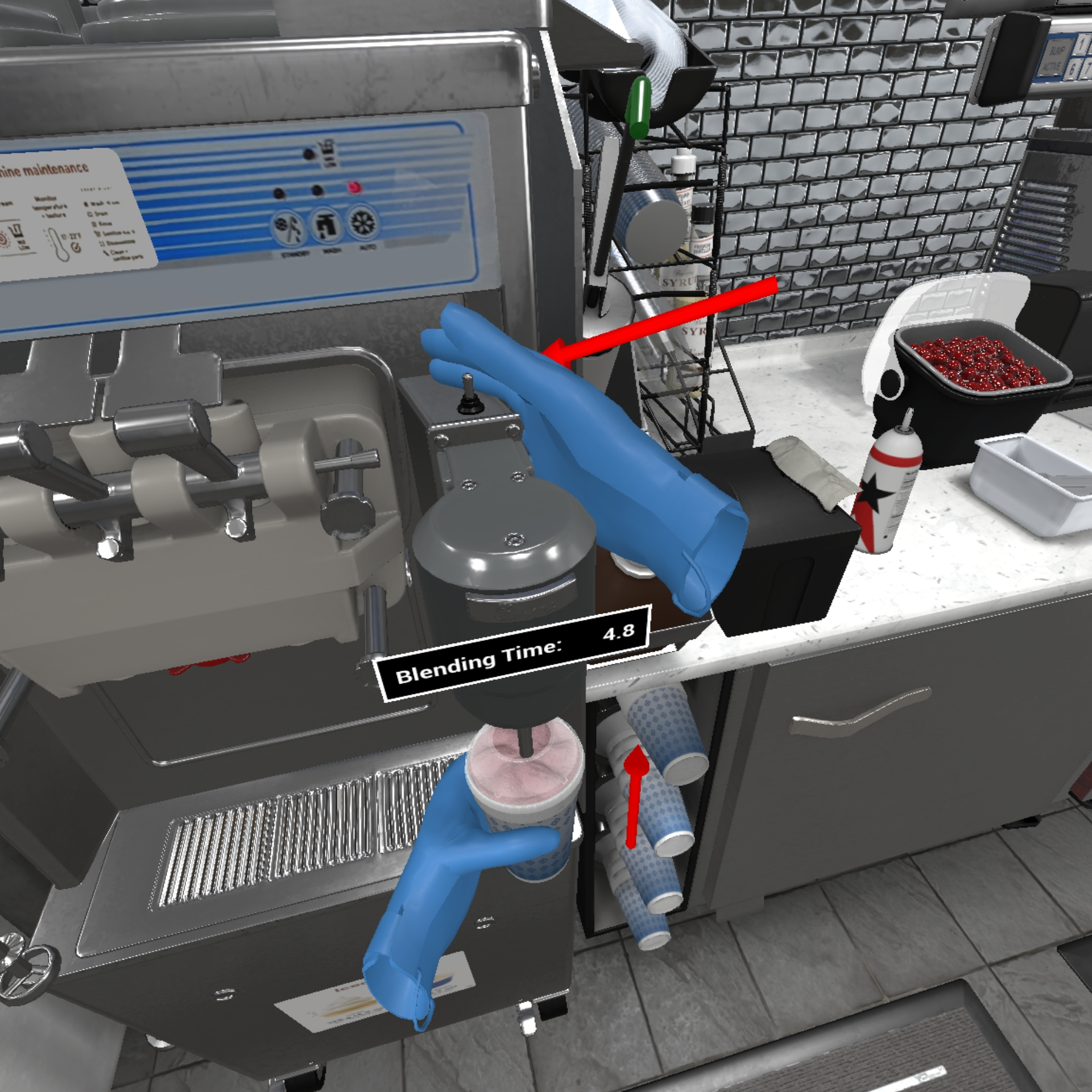

Football Match VR Visualizer: An innovative app that lets coaches, players, and fans virtually step onto a football field to replay and analyze games. In this experience, users can review real match data in an interactive 3D replay – for instance, standing on a virtual field to watch plays unfold from a quarterback’s perspective or using a “free camera” to fly around the action. Our team contributed development, UI, and VFX expertise to bring this immersive sports analytics tool to life.
Gas Appliance Inspection Training: N-iX MR has also worked on a range of multi-user safety training simulations, including this module for gas meter inspection and appliance checks. The solution is designed to simulate real-world tasks in a safe, interactive environment. Built with Unreal Engine and guided by industry experts from GTI, the Gas Appliance Inspection Training features randomized scenarios, real-time scoring, and multi-user collaboration.

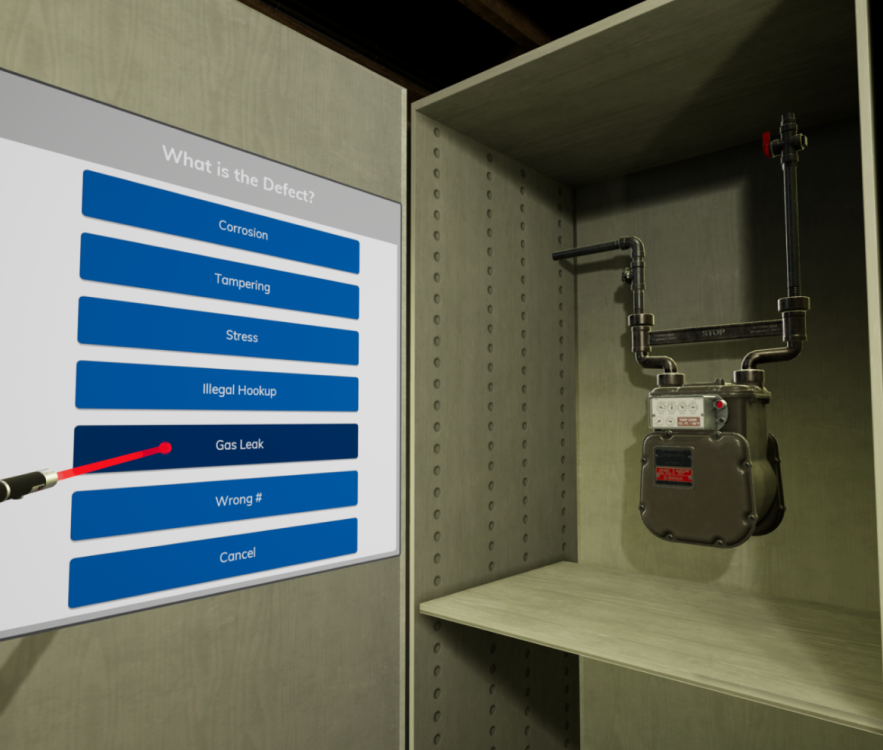
If you’re considering leveraging mixed reality for your organization, feel free to reach out and see how we can help you navigate from idea to successful deployment.